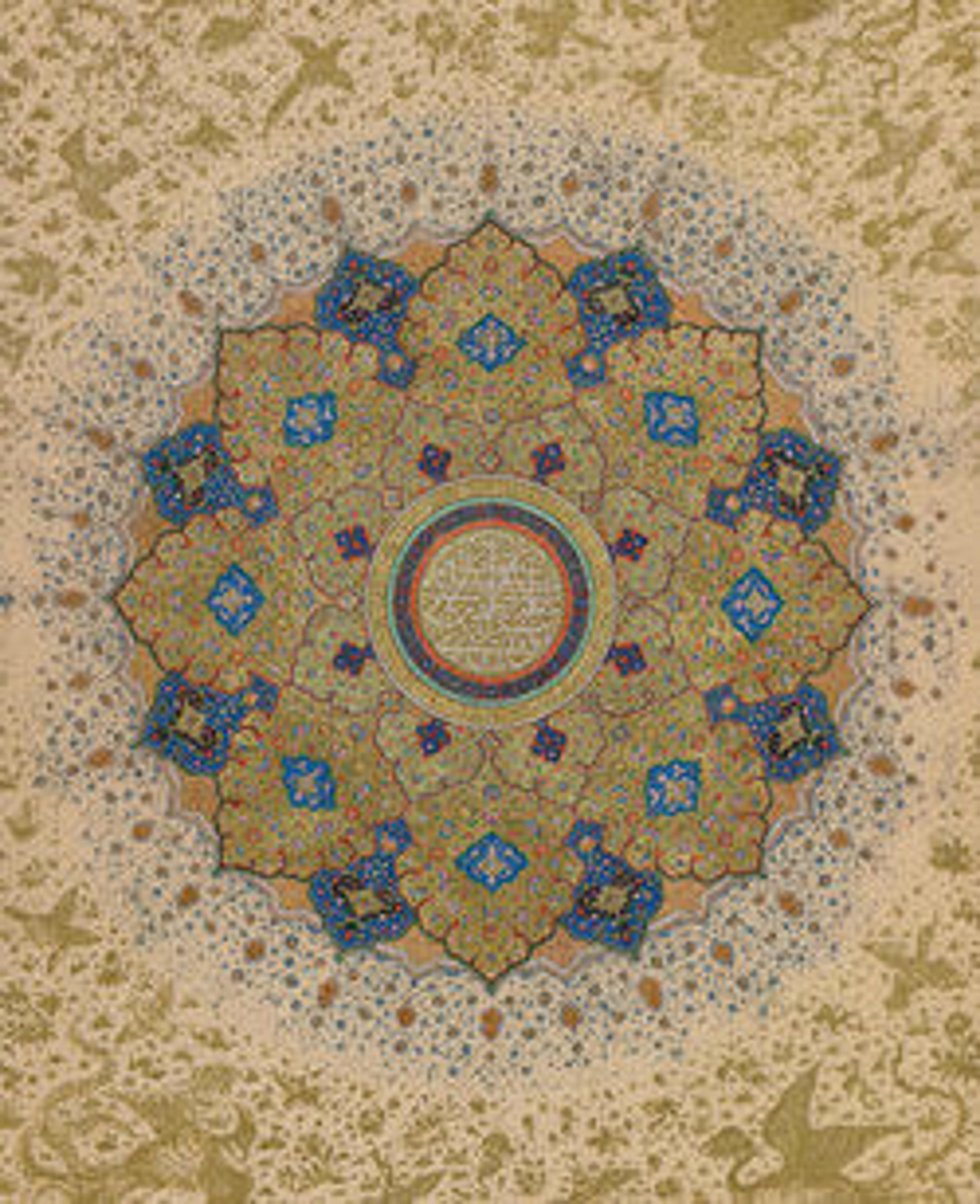Border Tile with Split-Palmette Design
Within the tilework decoration of the Ottoman capital, tomato‑red tiles such as this one were laid end to end, creating a meandering vine‑scroll border for walls covered with field tiles, like the nearby floral and cloud-band example.
Artwork Details
- Title:Border Tile with Split-Palmette Design
- Date:ca. 1578
- Geography:Made in Turkey, Iznik
- Medium:Stonepaste; polychrome painted under transparent glaze
- Dimensions:H. 5 in. (12.7 cm)
W. 9 1/2 in. (24.1 cm)
D. 5/8 in. (1.6 cm) - Classification:Ceramics-Tiles
- Credit Line:Fletcher Fund, 1971
- Object Number:1971.235.2
- Curatorial Department: Islamic Art
More Artwork
Research Resources
The Met provides unparalleled resources for research and welcomes an international community of students and scholars. The Met's Open Access API is where creators and researchers can connect to the The Met collection. Open Access data and public domain images are available for unrestricted commercial and noncommercial use without permission or fee.
To request images under copyright and other restrictions, please use this Image Request form.
Feedback
We continue to research and examine historical and cultural context for objects in The Met collection. If you have comments or questions about this object record, please contact us using the form below. The Museum looks forward to receiving your comments.
